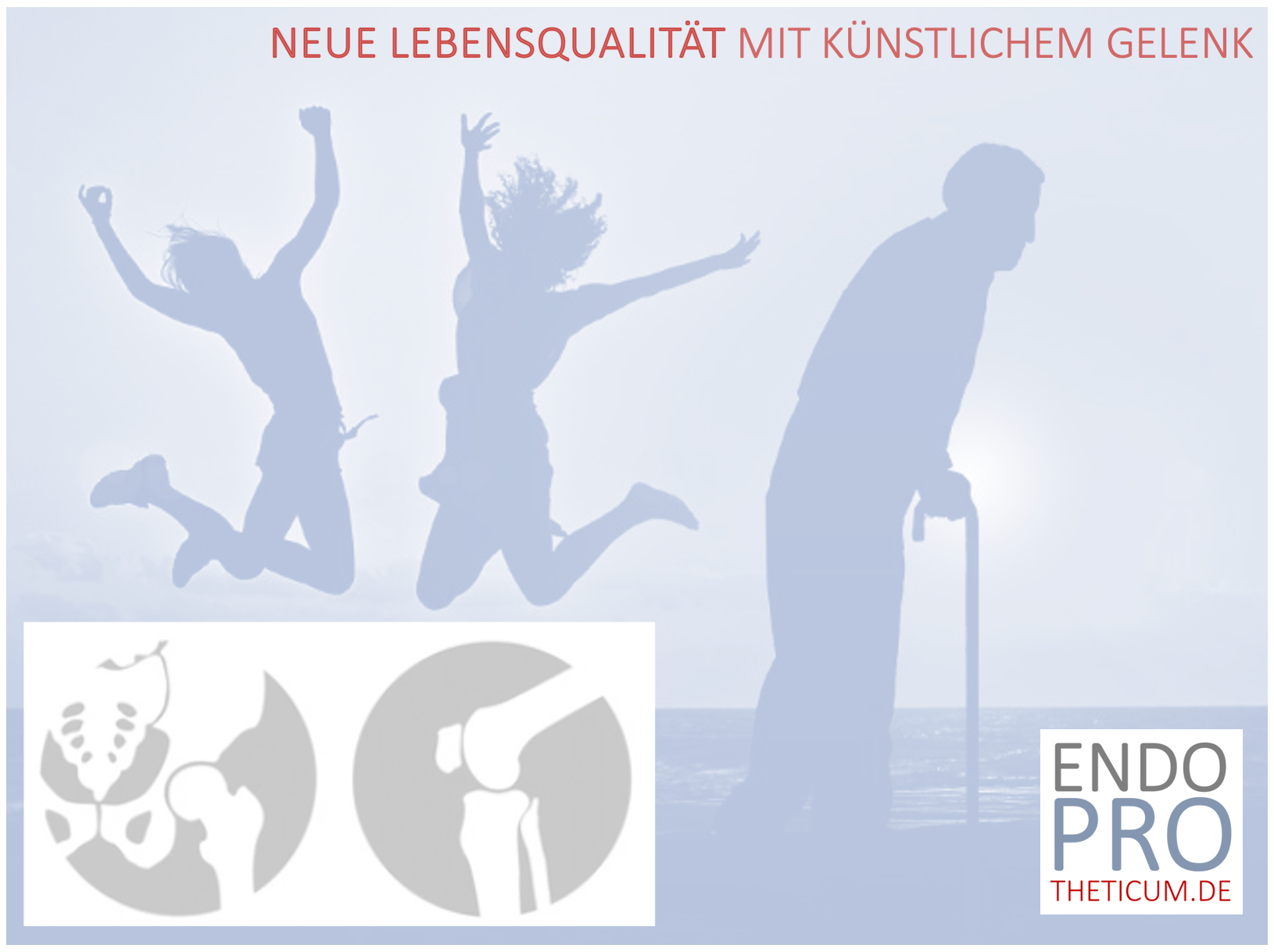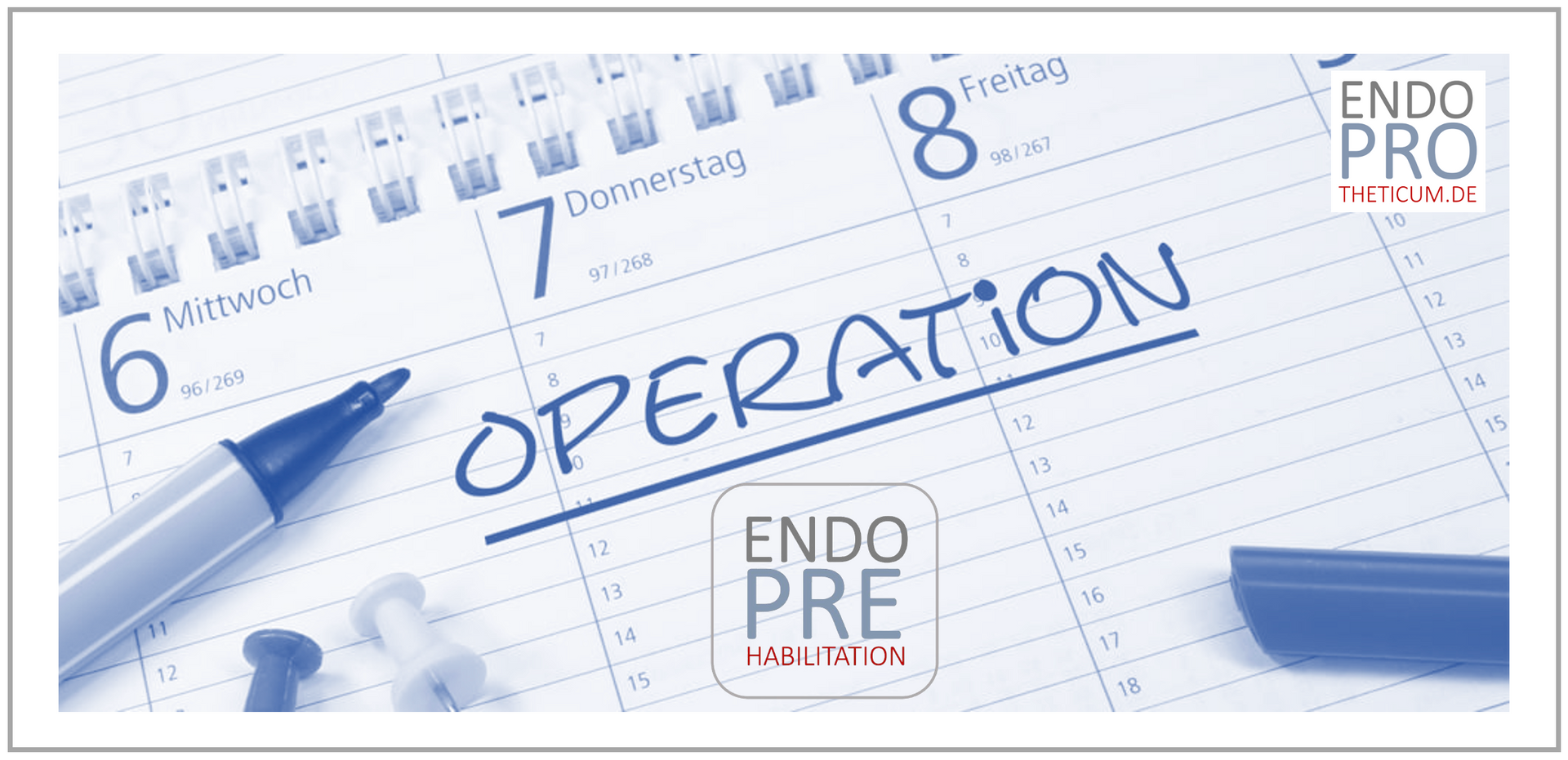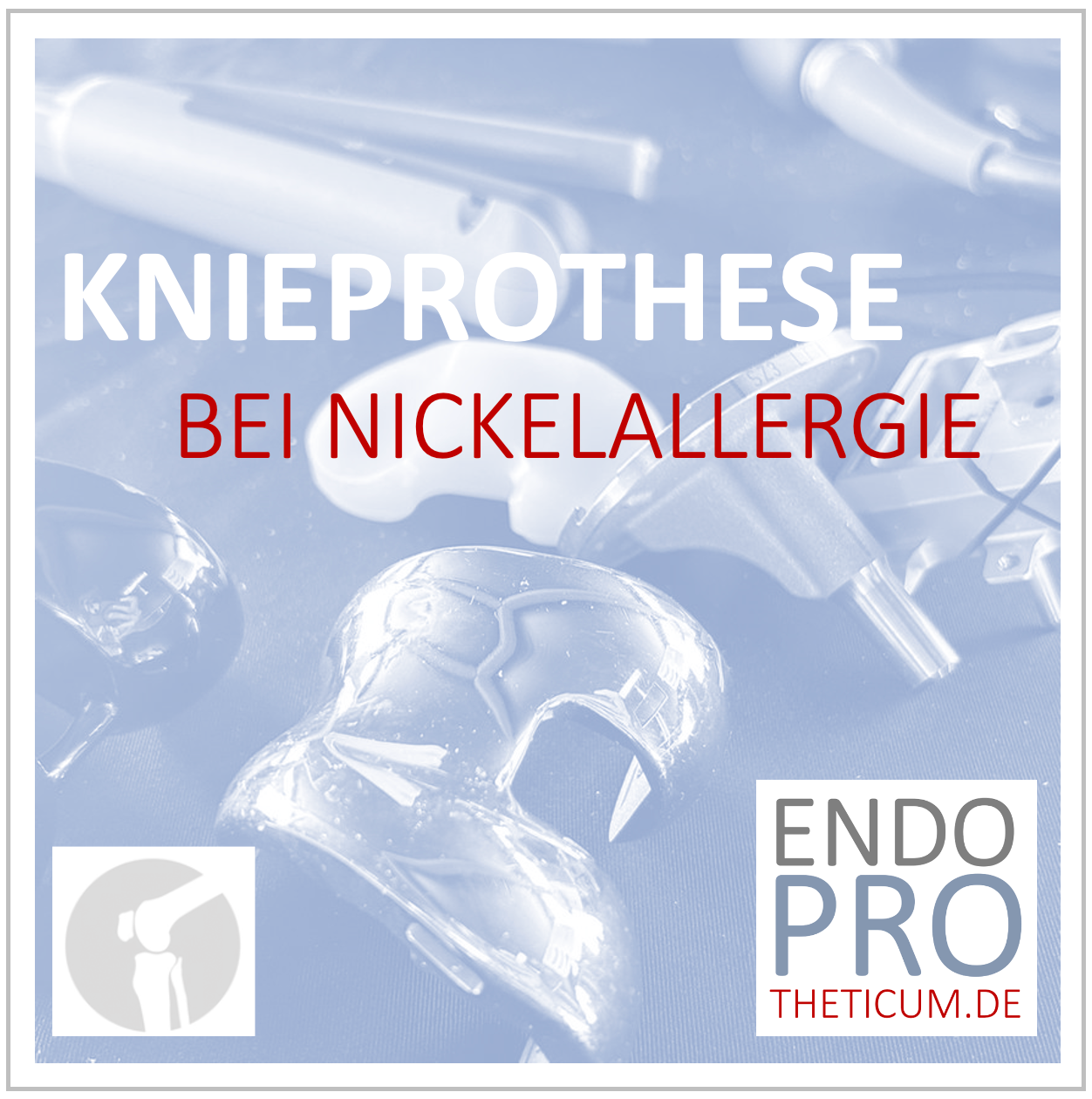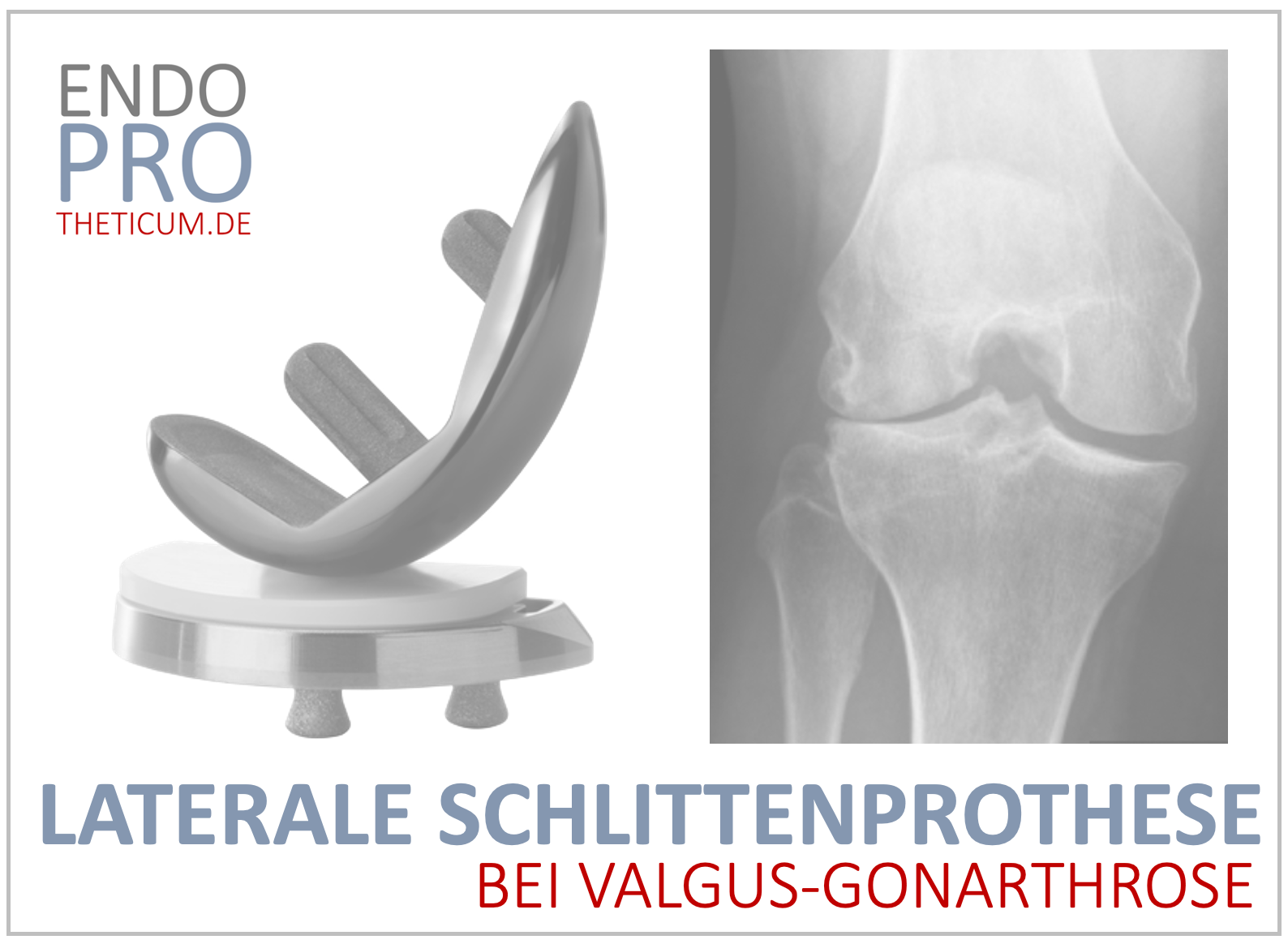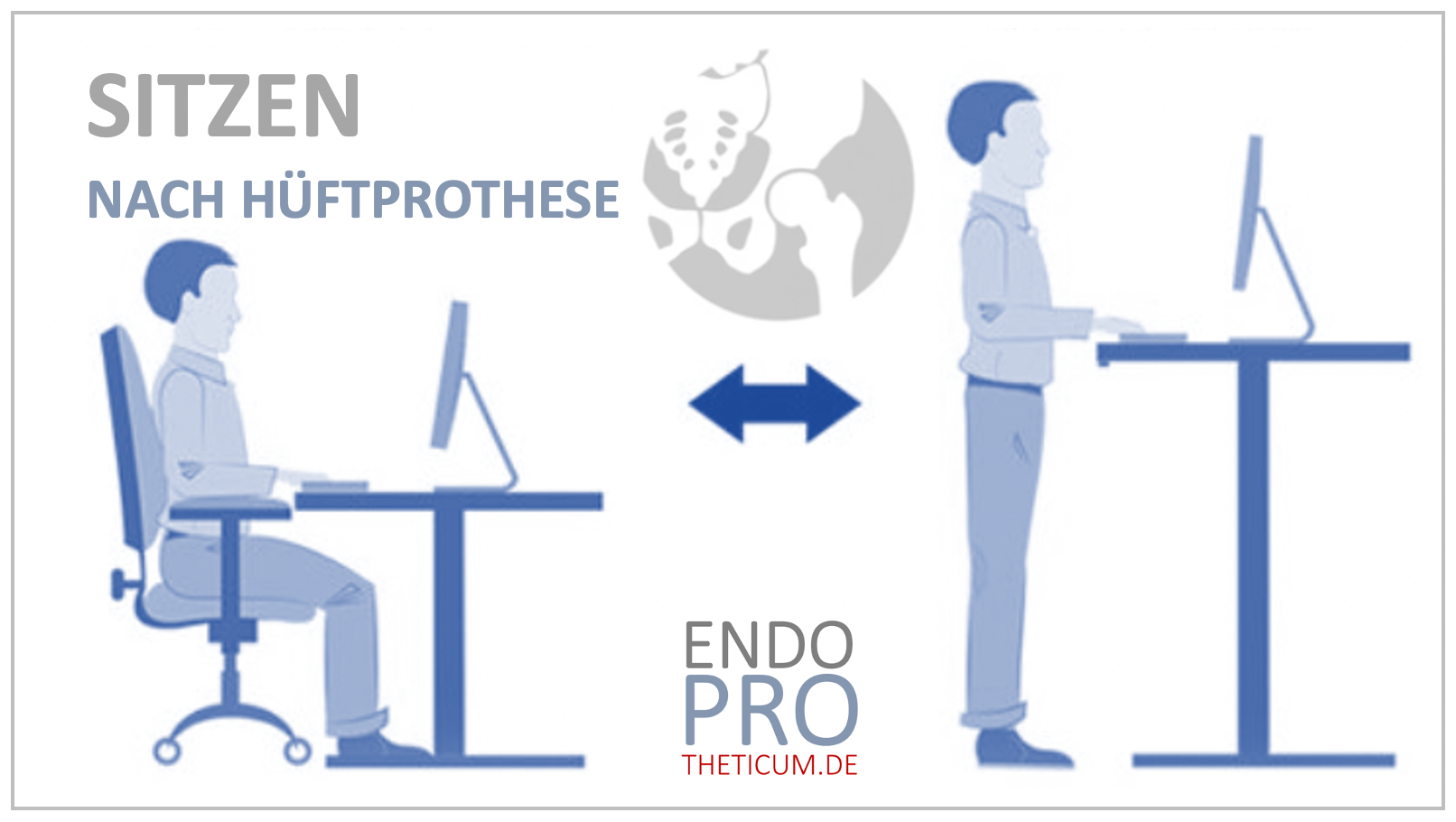Hip replacement: How do I know if something is wrong?
Complications after hip replacement

Hip replacement surgery can significantly improve quality of life, but complications can also occur. It is important to recognize possible signs early so that you can take timely action.
What complications are there with a hip prosthesis?
1. Pain as a warning signal
Pain is a common sign that something is wrong. These can occur in the hip, thigh, groin or even knee. It is crucial to distinguish between normal postoperative pain and pain that indicates complications. Persistent or increasing pain should be taken seriously and checked by a doctor.
2. Infections
Infections are a serious complication after total hip replacement. They can manifest themselves through symptoms such as redness, swelling, overheating and pus discharge at the surgical site. Fever and a general feeling of illness can also indicate this. An infection often requires immediate medical treatment to prevent serious consequences.
3. Loosening of the prosthesis
Loosening of the hip prosthesis can be caused by mechanical stress or infection. Symptoms may include pain when walking, instability, a shortened walking distance, and a feeling of unsteadiness or instability. Radiological examinations are necessary to confirm the loosening.
4. Leg length difference
A leg length discrepancy that occurs after surgery can also be an indication of complications. This can be caused by incorrect positioning of the prosthesis or loosening. A significant difference in leg length should be checked by a doctor.
5. Movement restrictions
Another warning signal can be new or increasing restrictions on movement. Difficulty lifting the leg or rotating the leg may indicate problems with the prosthesis and should be investigated.
Causes of complications after hip replacement
Complications after a total hip replacement can have various causes:
- Mechanical wear: Abraded particles from the prosthesis can trigger inflammation and tissue reactions that lead to loosening.
- Infections: These can occur during surgery or develop later. They are particularly dangerous and often require a replacement of the hip prosthesis.
- Mispositioning: Inaccurate placement of the prosthesis can lead to instability and mechanical problems.
- Overload: Excessive load can damage the prosthesis and surrounding tissue.
Preventive measures and aftercare
To avoid complications, preventive measures and careful aftercare are crucial:
- Regular checks: Regular follow-up checks should take place after the operation in order to identify problems at an early stage.
- Physiotherapy: Targeted rehabilitation helps to strengthen the muscles and improve mobility, which reduces the strain on the prosthesis.
- Protection and load control: The right balance between activity and protection is important in order not to overload the hip prosthesis.
- Infection prophylaxis: Aseptic techniques and possibly prophylactic antibiotics can reduce the risk of infections.
Conclusion
Recognizing complications after a total hip replacement is crucial in order to intervene in a timely manner and avoid serious consequences. If symptoms persist or worsen, you should always consult a doctor. Regular aftercare, preventive measures and good communication with the medical team are important building blocks for the success of the hip prosthesis.
By following this advice and listening carefully to your body, you can minimize the risk of complications after hip replacement and improve your quality of life in the long term.
MAKE AN APPOINTMENT?
You are welcome to make an appointment either by phone or online .










